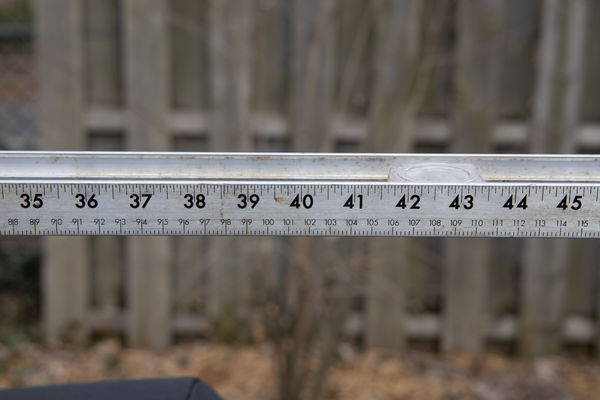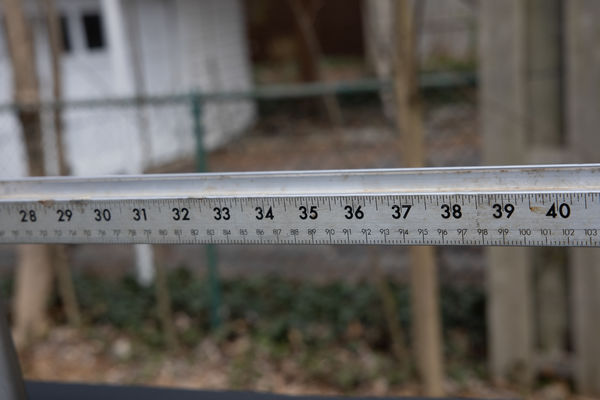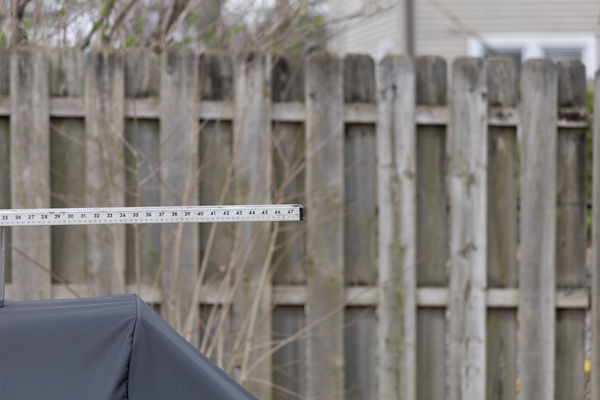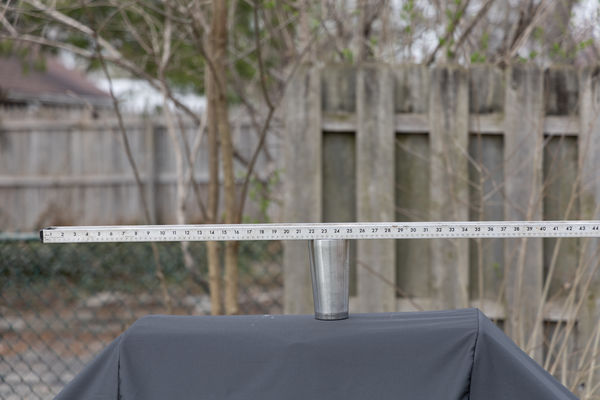Focus ONE spot or multiple?
Apr 17, 2019 08:56:18 #
therwol
Loc: USA
Delderby wrote:
Surely your original plane of focus diagram 'A' sh... (show quote)
Curvature of field in a lens is a flaw, not a feature. It's real, but it is going to be different with each lens. As the lens is stopped down, it becomes irrelevant under most circumstances. Also, with modern cameras that allow focusing across the field without recomposing, it becomes irrelevant.
Consider this. Let's say you want to take a portrait of two people sitting side by side. The camera would be pointed between them. Focus on the eyes of one (and lock focus) and then center the camera. I believe that at a wide aperture, you may be able to tell that the eyes are no longer in perfect focus.
Apr 17, 2019 09:26:07 #
Fascinating discussion and excellent explaniation. As mentioned, this effect will only be noticable with shallow depth of field and nearby subjects.
Apr 17, 2019 12:22:10 #
So just to try it out for myself in a sort of real world situation, I took pictures of this level f8 for all no lightroom adjustments or crops to any of the files. I focused on the 40 inch mark manually until the focus peaking glowed for all the numbers. For the second I held focus and recomposed turning to the left, but not refocusing.
I do see the the difference in focus on the number 40 which was my original "subject", but it is quite minimal to my eyes, but more so with the closer shot.
I do see the the difference in focus on the number 40 which was my original "subject", but it is quite minimal to my eyes, but more so with the closer shot.
Apr 17, 2019 12:58:49 #
therwol wrote:
Curvature of field in a lens is a flaw, not a feat... (show quote)
If the lens is represented by the centre of a circle, diameter 60ft, and focus is locked on a point (A) on the circumference 30ft away - and if you shift the field of view sideways, the focus will be on a new point (B) - still on the circumference 30ft away. If you join point (A) to point (B) with a straight line you will see that there is an arc representing the point of focus distance (circumference) - which shows that any point on the straight line between (A) and (B) is not in perfect focus.

Apr 17, 2019 13:21:54 #
Delderby wrote:
If the lens is represented by the centre of a circ... (show quote)
I think his original drawing shows the right concept. Even though the lens surface is curved, the plane of a lens in not a curve, but a flat straight plane that cuts down the middle of the lens parallel to the sensor, like the filling of an oreo cookie. The lens plane is parallel to the flat plane of the sensor, and the plane of sharp focus and the near and far depth of field are also parallel to that same plane. I guess I'm trying to say that focus doesn't curve unless you enter the multiverse.
It reminds me of my darkroom days. We put a flat negative above the enlarger lens, and use a curved lens to project the image down onto the flat plane of the printing paper. The image doesn't come out curved. This difference is the negative is small and we are using the lens to make it bigger to print, but with a camera the subject is big and we are using the lens to make it small enough to fit on the sensor.
Apr 17, 2019 14:26:04 #
therwol
Loc: USA
bleirer wrote:
So just to try it out for myself in a sort of real... (show quote)
Try it with the lens wide open or close to wide open. You have some depth of field working for you at f/8. Also a lens may not be as sharp toward the edges. I'd do it myself, but I'm pressed for time today.
Apr 17, 2019 15:19:00 #
bleirer wrote:
I think his original drawing shows the right conce... (show quote)
If you consider my 60ft diameter circle again, focus on point (A) 30ft away on the circumference, lock focus and then turn the camera 180 degrees, what distance do you think the camera will be focussed at?
If I only turn the camera 90 degrees, what distance do you think the camera will be focussed at? Surely it will be 30ft in both instances?

Apr 17, 2019 15:37:58 #
therwol wrote:
Try it with the lens wide open or close to wide open. You have some depth of field working for you at f/8. Also a lens may not be as sharp toward the edges. I'd do it myself, but I'm pressed for time today.
Ok, this is f4 and I zoomed to the max 105, but took a few steps back to get more of the level in view. The first is straight on parallel to the camera body, the second is angled to recompose. I was about 10 feet away. a DOF calculator tells me at f4 and 105 mm I would get about 4 inches in front of and 4 inches behind the plane. But had I been shooting at 400mm at 10 feet I only would have a quarter inch in front and a quarter inch behind.
So I guess the bottom line is if you want the eagle's eye to sparkle, focus as carefully as you have time for, but knowing there is a little leeway if it is about to fly away.
Apr 17, 2019 18:00:36 #
therwol
Loc: USA
Delderby wrote:
If you consider my 60ft diameter circle again, focus on point (A) 30ft away on the circumference, lock focus and then turn the camera 180 degrees, what distance do you think the camera will be focussed at?
If I only turn the camera 90 degrees, what distance do you think the camera will be focussed at? Surely it will be 30ft in both instances?
If I only turn the camera 90 degrees, what distance do you think the camera will be focussed at? Surely it will be 30ft in both instances?

The focus point will be 30 feet, but if you rotate the camera, it moves the plane of focus relative to the first focal point A so that it isn't exact. Although this is rarely going to cause problems, I really did notice a problem when I was in school and shot a lot of film at f/2 in the dorm. (Nikon FTn, 50mm f/1.4 lens.) This was almost 50 years ago. I even considered getting the focus screen with a microprism all the way across to combat the problem, but then I realized that everything other than the subject would be horribly blurred, and I didn't buy it.
Apr 18, 2019 03:09:22 #
therwol wrote:
The focus point will be 30 feet, but if you rotate... (show quote)
Before the days of coupled rangefinders we consumer amateurs calculated distance with whatever we had, and then turned the focus ring accordingly - DOF was marked on the barrel. Faces were often developed as white blobs. Our blogs were limited to letters in Amateur Photographer Mag about pushing film speed and the grain in HP4. TLRs were the way forward. Now we have become pixel peepers, and sharp is the measurement of success, with 16x20 regarded as a small photograph.

Apr 20, 2019 00:05:41 #
I usually use a zillion squares. My primary 'focus' is airshows so I find the more I have the better chance I get a usable image. I also use auto-focus. When I dabble with my macro lens I'll use centerpoint or zone.
Apr 20, 2019 02:29:57 #
planepics wrote:
I usually use a zillion squares. My primary 'focus' is airshows so I find the more I have the better chance I get a usable image. I also use auto-focus. When I dabble with my macro lens I'll use centerpoint or zone.
Yes - I can see your reasoning - like all photograpihy - its horses for courses.

If you want to reply, then register here. Registration is free and your account is created instantly, so you can post right away.





